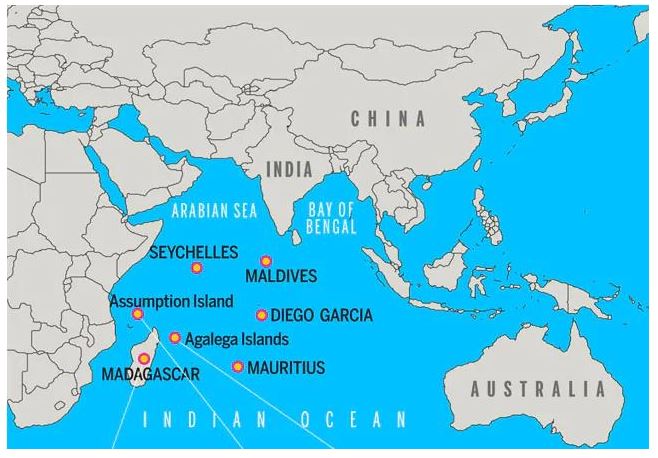India and Africa shared a relationship about 140 million years ago when the Indian Plate crossed Gondwana with present-day Africa, Australia, Antarctica, and South America. It was part of a supercontinent. The supercontinent Gondwana, which includes South America, Africa, Antarctica, Australia, Madagascar, and India, has split up during Earth’s history. What are you up to today? Did India also start moving northeast about 130 million years ago? So, all these circumstances and conditions are proven by the theory of continental drift. India is at the forefront of the international community’s support for the anti-apartheid movement. South Africa was the first country to cut trade ties with the apartheid government (1946), subsequently imposing a sweeping diplomatic, commercial, cultural, and sports embargo on South Africa. India and African countries share a close, historical, and diverse relationship. The India-Africa defense and security partnership has developed in recent years. It is embedded in shared values, the principle of equality, and a commitment to peace, security, stability, and prosperity.

The foundation of the defense relationship between India and Africa rests on two guiding principles: SAGAR (Security and Growth for All in the Region) and Vasudhaiva Kutumbakam (The World is Her One Family). It is based on India’s approach to Africa and is guided by the Kampala Principles promulgated by Prime Minister Shri Narendra Modi in 2018. Over the decades, India and Africa faced many common security challenges, including piracy, drug and opium trafficking, illegal fishing, terrorism, riots, violent extremism, and conflict. Defense relationships have strengthened. India’s defense engagements with African countries are based on African priorities and include training and the provision of military equipment. Riot control and counter-terrorism training; maritime technical assistance; Joint exercises; and friendly port calls. A joint effort to build an inclusive dialogue platform. Notable recent developments included the first-ever Indian and African Defense Ministers’ Meeting (IADMC) held in conjunction with the DefExpo in February 2020, resulting in the adoption of the Lucknow Declaration. Later, during his biennial DefExpo, the Indo-African Defense Dialogue (IADD) was institutionalized. The 2nd IADD was held in October 2022, and the “Gandhinagar Declaration” was adopted. Because of these developments and the growing potential for a mutually beneficial India-Africa defense partnership, the special issue examines the existing common security challenges facing India and Africa,
• Various aspects of African defense cooperation, and new areas of defense and security sector cooperation. The role of intelligence here is to collect, analyze and produce complete, accurate, timely, and relevant threat assessments that inform decision-makers as they act on them. A strong enterprise intelligence program is built on three pillars: strategic, operational, and tactical. Under SAGAR, India has helped countries such as the Maldives, Seychelles, Sri Lanka, Mauritius, and other East African countries to secure maritime security and exclusive economic zones.
• India’s coastline is over 7,000 km long, so maritime security is an important aspect of national security. As technology advances, physical threats in the maritime region are now overshadowed by technological threats.
• Copyright Infringement
• Terrorist Attack
• Environmental Destruction : Having seen all scenarios and possibilities from a national security perspective, we can address all of the above issues, but we cannot consciously forget them. China is developing her 21st-century Maritime Silk Road. The 21st Century Maritime Silk Road is a planned sea route with integrated port and coastal infrastructure projects from China’s east coast via the South China Sea and Indian Ocean to Europe, India, Africa, and the Pacific. In East Africa, long-distance trade across the waters of the Indian Ocean enabled the exchange of goods from Asia for goods from Africa, spurring the rise of trading centers and the city-states that facilitated them. Indian aid to Africa is Indian government aid to African governments. India provides development assistance to Africa through credit lines, capacity building, duty-free and preferential market access, education grants, and humanitarian assistance. A second wave of Native American immigration to Africa came as a result of colonization. During the 19th and early 20th centuries, large groups of Native Americans were brought into the colonial empire as forced laborers. Indian indentured laborers have replaced freed slaves in the plantation economy.

Rahul Panwar
Rahul Panwar is pursuing MA in Defence Studies. Also, Associate Member of MP-IDSA Delhi doing research and covering National and International topics.

